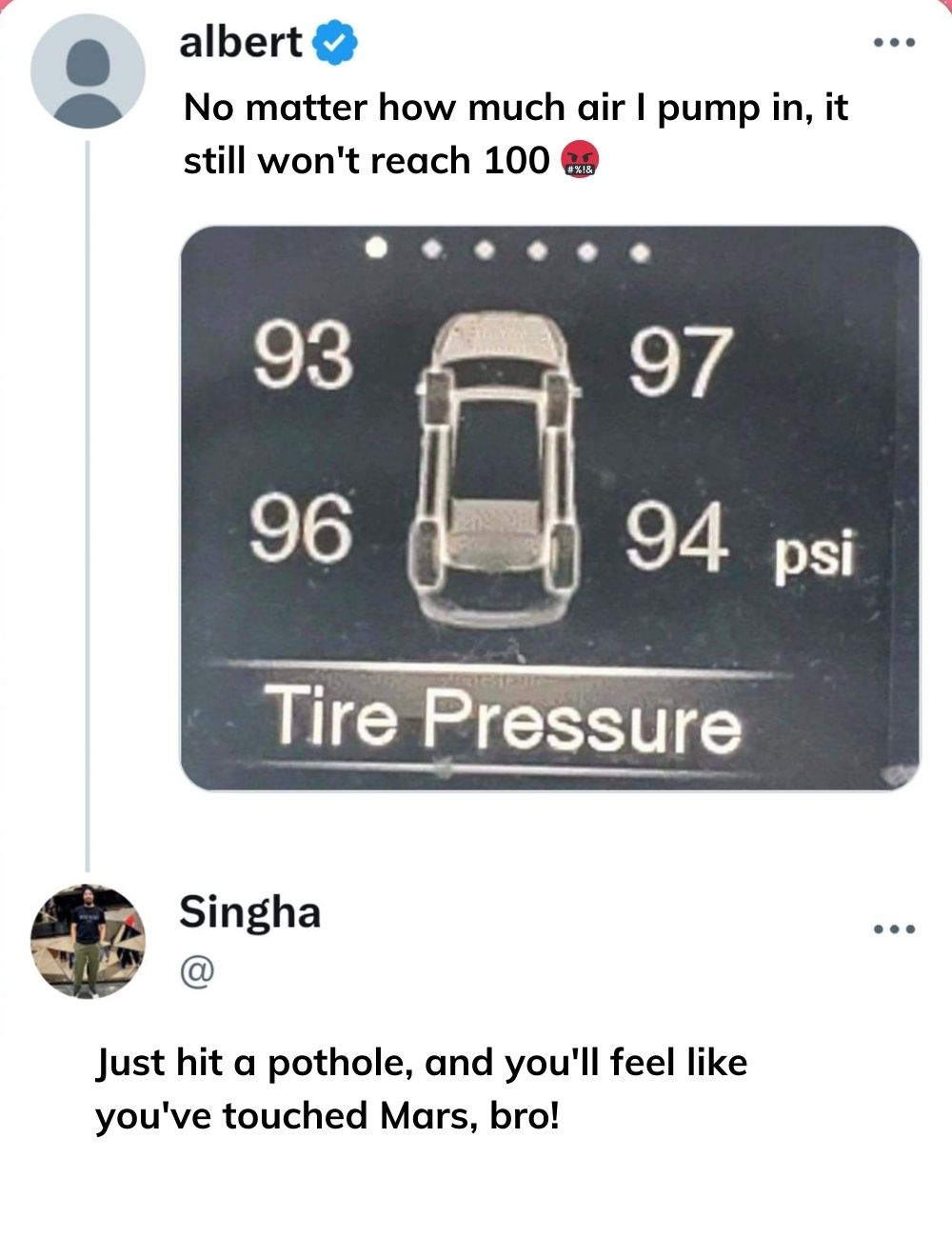Maintaining the correct tire pressure is more than just ticking a box on your car maintenance checklist—it’s a critical aspect of road safety, fuel efficiency, and extending the lifespan of your tires. Yet, many drivers overlook this simple but essential task, often unaware of the risks associated with incorrect tire pressure. So, how much pressure is considered “just right”? The answer lies in understanding your vehicle’s requirements, the impact of external factors, and consistent monitoring. Let’s break it down into actionable steps to help you stay safe and save money in the long run.

First, always refer to the manufacturer’s recommended tire pressure for your specific vehicle. This information isn’t something you should guess or estimate. Manufacturers determine optimal tire pressure after extensive testing to ensure a balance between safety, performance, and fuel efficiency. You’ll find the recommended PSI (pounds per square inch) level in two reliable places: your vehicle’s owner’s manual and a sticker located on the driver’s side door frame. For most passenger vehicles, the ideal pressure typically falls between 30 and 35 PSI. However, larger vehicles like SUVs or trucks often require higher PSI levels to accommodate their size and weight.
One common mistake drivers make is relying on the PSI number printed on the tire sidewall. This number indicates the maximum tire pressure the tire can handle safely, not the recommended operating pressure. Driving with maximum tire pressure might seem efficient, but it comes with significant drawbacks.
Both overinflated and underinflated tires pose serious risks. Overinflation happens when there’s too much air in the tire. While it might slightly improve fuel efficiency, it reduces tire traction, causes uneven wear (usually in the center of the tire), and makes the ride uncomfortably stiff. Worse yet, it increases the risk of a blowout, especially at high speeds or during long trips. On the flip side, underinflated tires cause their own problems. Low air pressure forces the tire’s edges to wear out faster, reduces fuel efficiency due to increased rolling resistance, and increases the risk of tire overheating. Over time, this can lead to a sudden tire failure, which is especially dangerous on highways.
Another factor many drivers forget is how temperature changes affect tire pressure. Air expands and contracts with temperature fluctuations, directly impacting tire PSI. During cold weather, air contracts inside the tires, causing a drop in pressure. Conversely, in hot weather or after long drives, the air inside the tire expands, increasing PSI. Seasonal transitions are particularly important times to check your tire pressure regularly, as these fluctuations can push your tires outside the optimal pressure range without you even realizing it.
To measure and adjust tire pressure correctly, you need the right tools and habits. Start with a reliable tire pressure gauge, which can be digital or analog. These tools are affordable and widely available at auto stores. The most accurate time to measure tire pressure is when the tires are cold, preferably in the morning or after your car has been parked for several hours. Driving, even short distances, heats the tires and raises air pressure, leading to inaccurate readings.
If your tire pressure is too low, use an air compressor to add air until it matches the manufacturer’s recommended PSI. Many gas stations have self-service air compressors, but portable ones are also available for home use. If the pressure is too high, gently release air using the tire gauge or a valve stem tool. Regular checks—at least once a month—are ideal, but make it a habit to check before any long road trips.
It’s also important not to forget your spare tire. Many drivers only remember their spare during emergencies, only to discover it’s underinflated and unusable. Spare tires often have a higher PSI requirement compared to regular tires, so check the manufacturer’s guidelines. Make it a routine to inspect your spare tire’s pressure along with your other tires.
Incorporating tire pressure checks into your regular car maintenance routine is one of the easiest ways to ensure your safety and save money. A tire that’s inflated correctly reduces fuel consumption, minimizes wear and tear, and improves overall vehicle performance. Keep a tire pressure gauge in your car at all times, and if you’re unsure about any adjustments, don’t hesitate to visit a professional mechanic.
The benefits of maintaining proper tire pressure go beyond just avoiding accidents or blowouts. It’s about achieving a smoother, more comfortable driving experience and maximizing the performance of your vehicle. Underinflated tires can reduce your car’s fuel efficiency by up to 3%, which might not seem like much initially but adds up significantly over time.
Ultimately, tire pressure maintenance is a simple but powerful habit that every responsible driver should prioritize. The next time you stop at a gas station or prepare for a road trip, take an extra minute to check your tires. It’s a small effort with enormous rewards: improved safety, better fuel efficiency, and extended tire life.
In short, know your vehicle’s recommended tire pressure, monitor seasonal changes, check your tires monthly, and don’t forget the spare. These easy steps can save you money, reduce stress, and, most importantly, keep you safe on the road. Proper tire pressure isn’t just about following numbers on a gauge—it’s about responsible driving and making the most out of your vehicle’s potential. So grab that tire pressure gauge, check those tires, and hit the road with confidence!





